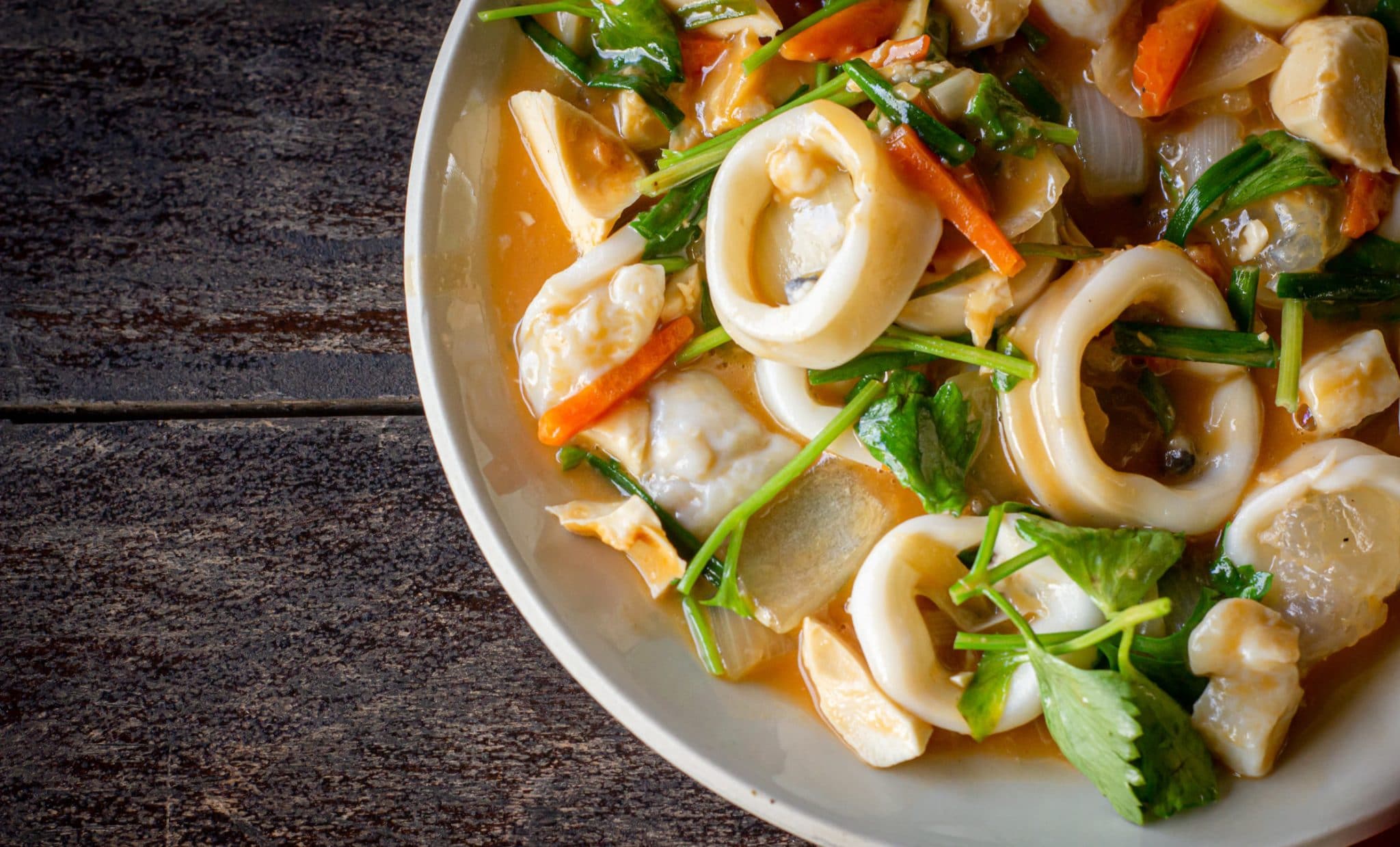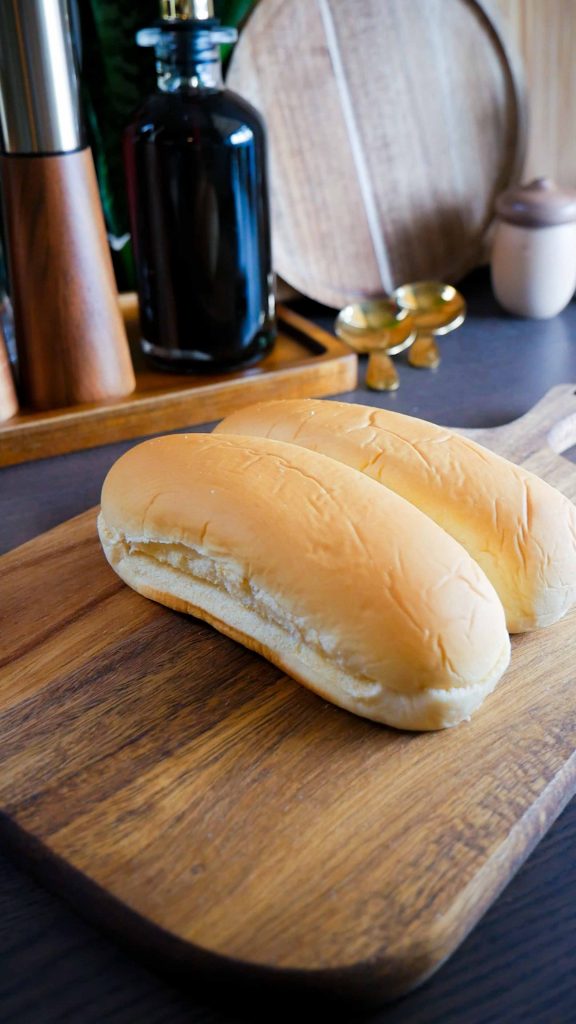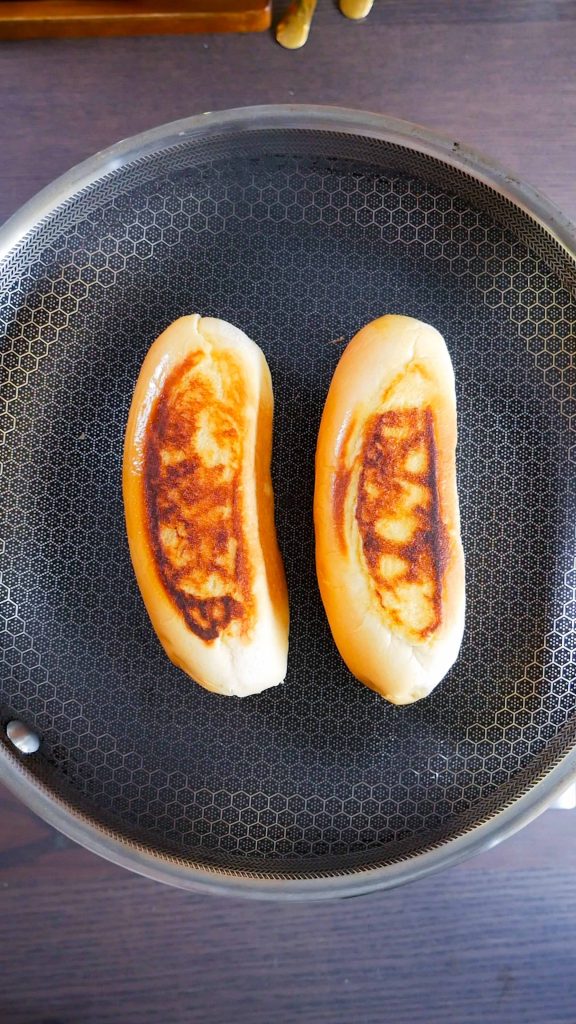We can’t think of many cases where we would not be able to finish our cooked lobster. But, in the rare event that you might have made too much for a get-together and don’t want your lobsters going to waste, you might want to save them as leftovers and reheat them a different day.
Like most foods, lobsters do best when you use specific reheating methods that don’t compromise their taste and texture, and this helpful guide is going to walk you through the steps to do so.
Lobster rolls are a true delicacy that many people save for special occasions. With chunks of sweet, succulent lobster meat tucked into a toasted buttery roll every bite is an explosion of flavor. However, leftovers are inevitable when indulging in these decadent sandwiches. Fortunately, proper storage and reheating can help maintain the taste and texture of lobster rolls.
With a few simple tricks, you can revive lobster rolls to be just as delicious as the day they were made This guide will walk you through the best practices for storing lobster meat, reheating methods to avoid, and step-by-step instructions to reheat lobster rolls perfectly every time.
Storing Lobster Rolls for Later
To make the most of your lobster rolls, proper storage is key. Here are some tips to keep in mind:
-
Refrigerate uneaten lobster rolls in an airtight container The roll will keep for 2-3 days
-
Separate the lobster meat from the roll if storing for more than a day. This prevents the bread from becoming soggy.
-
Wrap the lobster meat in plastic wrap or place it in an airtight container. Refrigerate for up to 4 days.
-
For longer storage, place lobster meat in freezer bags or airtight containers. It will keep for 2-3 months in the freezer.
-
Thaw frozen lobster in the refrigerator overnight before reheating. Do not thaw at room temperature.
Proper refrigeration and freezing prevent bacterial growth and keep the lobster meat tasting fresh. With the right storage, leftovers can taste just as amazing reheated later on.
What to Avoid When Reheating Lobster
Not all reheating methods are equal when dealing with delicate seafood like lobster. Here are some common mistakes to avoid:
-
Microwaving – This can rubberize the texture of lobster meat.
-
Slow cooking or simmering – Lobster can become tough and dry.
-
High direct heat – Cooking over high heat dries out and toughens the meat.
-
Oil-based methods – Frying reheats unevenly and can make the coating soggy.
-
Overcooking – Lobster overcooks easily, so heat it gently and watch closely.
For the best results, lobster rolls need quick, gentle heating. The goal is to warm the meat thoroughly without overcooking it. With the right techniques, reheated lobster can taste just as succulent as the original.
How to Reheat Lobster Rolls in the Oven
One of the best ways to reheat lobster rolls is in the oven. This allows you to warm multiple rolls evenly without overcooking the lobster. Here is a simple oven reheating method:
What you’ll need:
- Lobster roll leftovers
- Baking sheet
- Aluminum foil
Instructions:
-
Preheat oven to 300°F. Line a baking sheet with foil.
-
Wrap lobster rolls individually in foil. Make sure each packet is sealed tightly.
-
Arrange foil packets on the baking sheet and bake for 10-15 minutes until heated through.
-
Carefully open packets and transfer lobster rolls to a plate. Enjoy immediately.
The foil wrapping steams the roll gently to warm the lobster meat without drying it out. Check rolls early to prevent overbaking. This oven method keeps the buttery roll crispy while heating the filling thoroughly.
Using the Microwave to Reheat Lobster Rolls
While the microwave can often overcook seafood, it can also be used successfully to reheat lobster rolls with a couple tricks:
What you’ll need:
- Leftover lobster rolls
- Microwave-safe plate
- Damp paper towel
Instructions:
-
Wrap the split lobster rolls in a damp paper towel. Place on a microwave-safe plate.
-
Microwave on HIGH in 30 second intervals until warmed through, checking often. This usually takes 60-90 seconds.
-
Allow to sit 30 seconds before unwrapping. Serve immediately.
The moisture from the towel creates steam to gently heat the rolls. Frequent checking and short intervals prevent overcooking. Letting the microwaved rolls rest afterwards allows the heat to fully distribute.
While reheating in the oven may be ideal, the microwave can also revive lobster rolls successfully when done with care.
Reheating Lobster Roll Filling on the Stove
For lobster roll leftovers stored without the bread, the stovetop is an excellent reheating option. Here is a simple stovetop method:
What you’ll need:
- Refrigerated lobster meat
- Small non-stick pan
- Butter
Instructions:
-
Add 1 teaspoon butter to a small non-stick pan over medium-low heat.
-
When butter is melted, add lobster meat. Cook for 2-3 minutes, stirring gently.
-
Once heated through, transfer lobster to a roll. Top with any desired garnishes.
Alternatively, stir in any additional ingredients like lemon butter before assembling the roll.
The buttery pan and low heat warm the lobster gently without drying it out. You can also incorporate any extra flavors into the hot lobster before adding it back to the toasted roll.
Reheating Baked or Griddled Lobster Rolls
For lobster rolls that were originally warmed in the oven or on the griddle, you can replicate those cooking methods to reheat them.
For oven-baked rolls:
- Wrap in foil and bake at 300°F for 10-15 minutes until hot.
For griddled rolls:
- Butter the outside of the rolls. Cook on medium, buttered side down, for 2-3 minutes per side until crispy.
These techniques mimic the original cooking process. Griddling again crisps the buttery roll while baking in foil gently warms the contents. Use the reheating method that matches how your leftover lobster rolls were originally prepared.
Serving Reheated Lobster Rolls
Once your lobster rolls are reheated, you’ll want to enjoy them immediately while hot. Here are some serving tips:
-
Cut reheated rolls in half to help release steam before eating.
-
Add any cold toppings like tomato or shredded lettuce after reheating so they don’t wilt.
-
Spread rolls with melted butter, lemon-garlic butter, or aioli for extra richness.
-
Pair with fries, coleslaw, seafood chowder or clam cakes for a coastal New England-inspired meal.
-
Enjoy with a crisp lager or light white wine like Pinot Grigio.
With the right reheating techniques, you can revive leftover lobster rolls to be as flavorful as the fresh originals. Follow these simple methods to indulge in these luxurious sandwiches again and again. Just be ready to fend off any jealous onlookers when enjoying your expertly reheated lobster rolls!
FAQs About Reheating Lobster Rolls
How do you reheat lobster rolls in the oven?
- Drizzle some lobster sauce, chicken broth, or butter on top to prevent drying out.
- Cover with aluminum foil and bake at 300°F for about 10 minutes until heated through.
- Let sit briefly before serving so heat distributes evenly.
What’s the best way to reheat lobster claws and tails?
- For claws, wrap in foil and bake at 350°F for 10 minutes.
- For tails, drizzle with butter and broil 3-4 minutes until hot. Watch closely to avoid overcooking.
Can you microwave leftover lobster rolls?
- Yes, but microwave in short 30-second bursts, checking frequently. Wrap in damp paper towels to steam and prevent drying out. Let rest before serving.
Should you reheat lobster rolls whole or separate the filling?
- For best results, separate the filling and reheat it gently on the stove or in the oven. Reheating the whole roll can make the bread soggy.
How can you maintain the crispiness of the bun when reheating?
- Lightly butter or mayo the outside of the bun before warming it up. Broil or griddle the bun before adding the hot filling. Avoid over-steaming methods.
What are the best ways to revive the taste of refrigerated lobster rolls?
- Add a bit of extra butter, lemon juice or seafood seasoning before reheating. Serve with fresh garnishes like chives, parsley or lemon wedges.
The Takeaway
Reheating lobster rolls can be a delicate process as you don’t want to overcook the lobster meat or make the bread soggy. The ideal method is using an oven or broiler as it will recrisp the texture without drying out the filling. Alternatively, using a microwave or stove may also work but requires careful attention. The key is to keep a close eye during reheating and adjust accordingly to ensure a delicious, warm and fluffy meal. With the right techniques, leftovers and refrigerated rolls can taste just as amazing as they did originally.

How much lobster meat do I need to prepare per roll?
Generally, ¼ to ½ of a pound of lobster meat is appropriate per roll. It’s really based on preference and luckily, when you’re making lobster rolls at home, you are the boss! Feel free to add as much or as little lobster meat into your rolls.
Step 6: Toast the hot dog buns
Heat a medium-sized pan over medium-low heat. Spread 1 teaspoon of butter on each side of the potato hot dog bun. Toast the hot dog buns on each side until golden brown. Set aside to cool.


